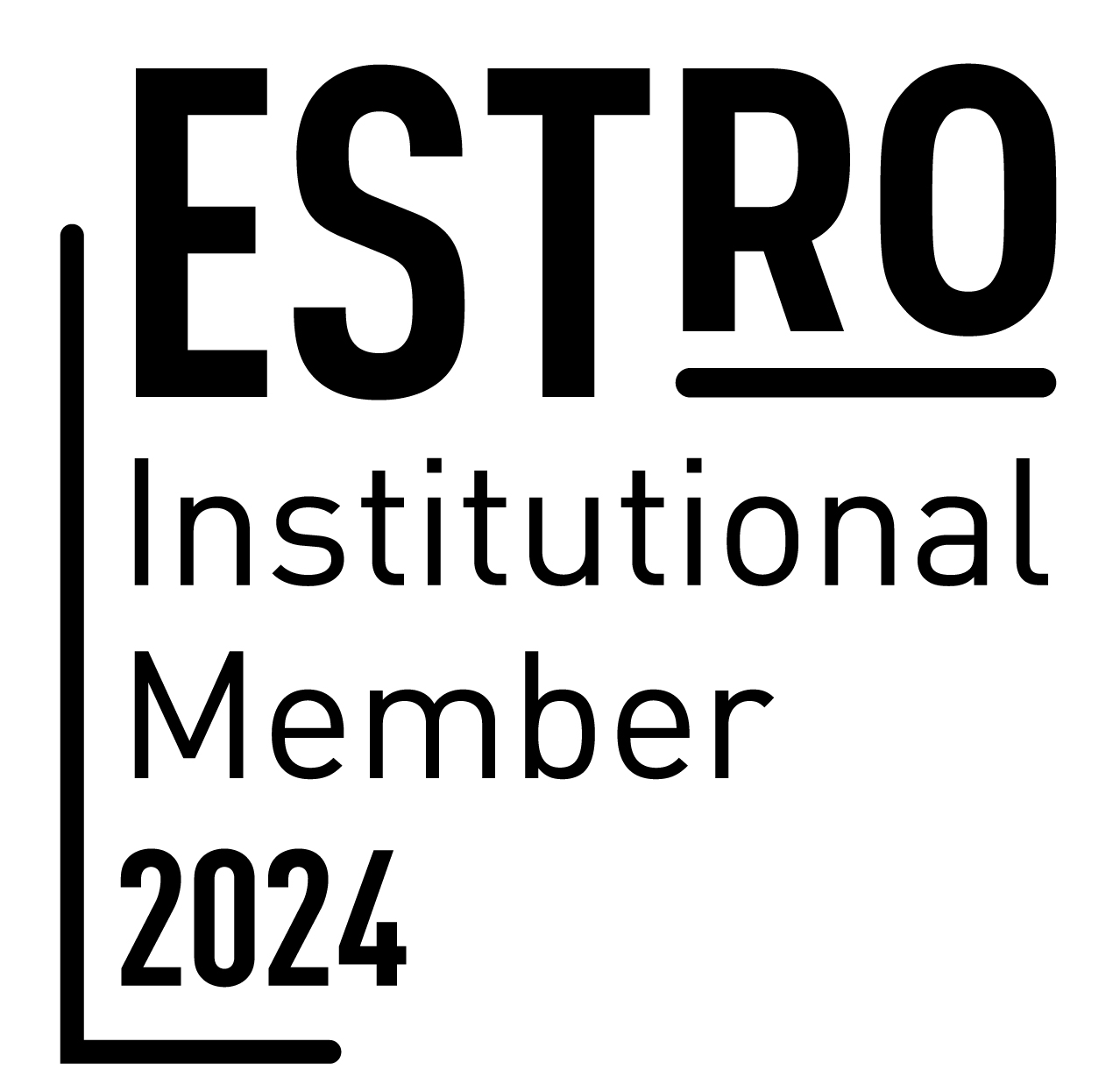Pathologies that can be potentially treated with hadrontherapy
Brain stem neoplasms
Want to submit your case? Click HERE
Brain stem neoplasms are quite rare tumours that originate in the encephalon, which is composed of cerebrum, cerebellum and brain stem. In particular, brain stem tumours are lesions involving the mesencephalon, the pons and the medulla oblongata.
Brain stem tumours can develop both as primitive and secondary tumours and can be either benign and malignant.
Brain tumours are divided into:
- Gliomas
- Diffuse astrocytomas
- Pilocytic astrocytomas
- Anaplastic astrocytomas
- Glioblastomas
- Oligodendrogliomas
- Mixed gliomas
- Ependymomas
- Medulloblastomas
- Meningiomas
- Neuromas
- Craniopharyngiomas
- Hemangioblastomas
- Germinomas
- Primary lymphomas of the Central Nervous System
Causes of brain stem neoplasms
Although the causes of brain tumours have not yet been ascertained, prior exposure to high-dose radiation therapy can be considered a risk factor.
Furthermore, this type of neoplasms has been found in patients suffering from genetic syndromes, specifically:
- Neurofibromatosis type 1
- Neurofibromatosis type 2
- Li Fraumeni syndrome
- Turcot syndrome
- Von Hippel-Lindau syndrome
- Cowden syndrome
- Gorlin syndrome
- Lynch syndrome
Symptoms of brain stem neoplasms
Brain stem tumours can present different symptoms depending on their location, size and the surrounding tissues that are compressed by the tumour mass.
However, common symptoms to all brain stem neoplasms have been observed, specifically:
- Headaches
- Seizures
- Memory loss
- Mental confusion
- Disorientation
- Behavioural changes
- Nausea and vomiting
- Hearing loss
- Sensory hallucinations
- Language difficulties
- Balance problems
- Mobility problems
- Vision problems
Diagnosis of brain stem neoplasms
In case of suspected brain stem neoplasm, visiting a neurologist is crucial to determine an accurate patient's medical history.
Subsequently, diagnostic imaging tools must be used:
- Computed tomography (CT)
- Nuclear magnetic resonance (NMR)
- Positron-emission tomography (PET)
Where possible, the specialist may request a biopsy intended to confirm the nature of the lesion and, consequently, to ascertain the diagnosis.
Treatment of brain stem neoplasms
The treatment of brain stem neoplasms depends on both location and size of the tumour. Hadrontherapy as the treatment to apply and which type of particle to be used (protons or carbon ions) are choices mad based specifically on each individual case and after a multidisciplinary debate.
Proton radiation treatment is used in most brain stem neoplasms, mainly low-grade tumours and tumours at critical locations or close proximity to critical structures, or in patients with a potential significantly greater risk of radiation-induced toxicity.
The suitability of a carbon ion radiation treatment is assessed only in cases of patients suffering from high-grade and radio-resistant tumours and tumour recurrences in patients who have previously undergone brain radiotherapy.













